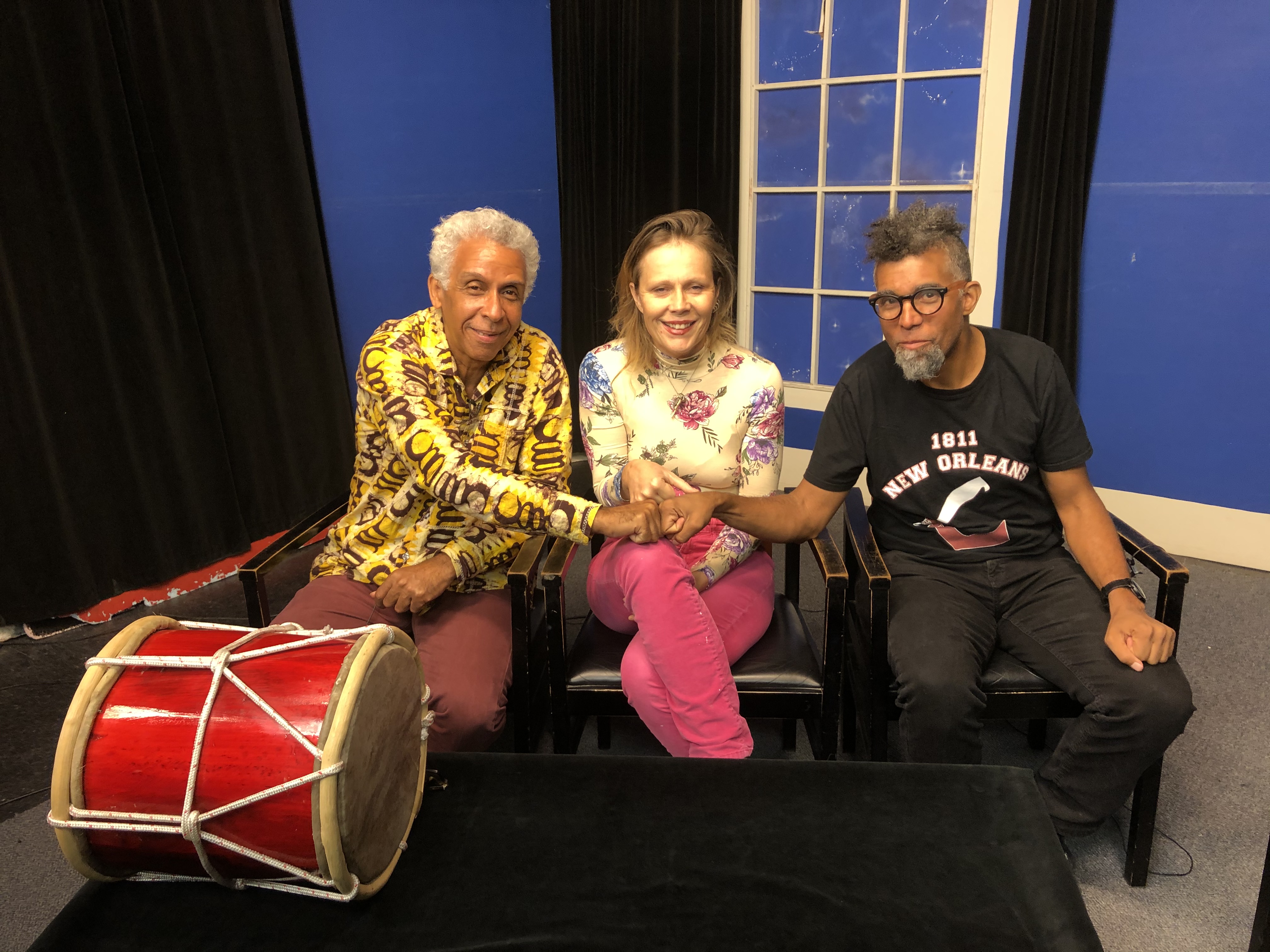.Story by Sally Wadyka
The ways in which hair changes as we age aren’t always welcome. Nor are they entirely within our control.
Hormonal shifts — which affect women more than men — later in life may also play a role. While you can’t turn back time, you can take steps to help your hair regain some of its youthful fullness and luster. Here’s how experts say you can handle three typical issues both men and women face.
The problem: The color
Although everyone talks about hair “turning gray,” the strands that are already on your head aren’t actually changing color. Rather, new ones grow in gray or white, thanks to the age-related loss of melanocytes — “pigment-producing cells in the base of the hair follicle,” Vashi says.

The fix: You can, of course, use hair color, but the more gray you have, the more often you have to color it and the harder the gray is to conceal. But letting your hair go gray can be an attractive option — with the right kind of shampoo. One popular option is purple shampoo, which contains violet pigments.
“Washing your hair with purple shampoo once or twice a week takes away any yellow undertones to help keep gray or white hair looking vibrant,” says Renee Cohen, senior stylist at Blandi Salon at the Plaza Hotel in New York City. (Don’t use it every day, or hair may take on a lilac tint.)
The problem: You’re losing hair
Hair thinning is incredibly common. At older ages, at any given time, “more hairs are found in the resting or shedding stages and fewer of them are in the growth stage,” Vashi says. And “the diameter of individual strands also becomes smaller, making hair look less full,” Vashi says.
The fix: Volumizing shampoos, conditioners and mousses are unlikely to have much effect, Cohen says. But a dry texturizing spray “will add thickness and makes hair look temporarily fuller,” she says.
Minoxidil pills are FDA-approved for hypertension but used off-label at much lower doses for hair loss. At dosages of up to 2.5 mg per day for women and 5 mg per day for men, it achieves higher blood levels than topical, which can make it more effective, Olsen says. But, she cautions, there may be side effects (like changes in heart rate and blood pressure), so it’s wise to start with the lowest dose possible and take it under a doctor’s supervision.
The problem: Frizzy, wiry hair
“Gray hairs sometimes grow in coarser, which can make hair look frizzy and untamed,” Cohen says. It may just be age, but environmental factors also play a role. Chemicals and heat can affect how hair ages. And time in the sun “can degrade proteins in the hair and also lead to changes that affect the texture of new strands,” Vashi says.
The fix: For coarse, curly hair, Cohen suggests trying a professional keratin treatment. A stylist applies keratin solution and uses heat to seal it to the keratin (protein) in the outer layer of the hair, making the hair appear straighter and smoother. (Be sure to seek out salons that use keratin formulas without potentially toxic formaldehyde.)
The procedure can take a few hours and cost several hundred dollars, but the results last for months. At home, you can use an anti-humidity/anti-frizz spray or serum that contains heat-activated polymers. “They repel moisture in the air,” Cohen says, “and if hair doesn’t absorb that moisture, it gets less frizzy.”
Copyright 2024, Consumer Reports Inc.
Consumer Reports is an independent, nonprofit organization that works side by side with consumers to create a fairer, safer, and healthier world. CR does not endorse products or services, and does not accept advertising. Read more at ConsumerReports.org.

